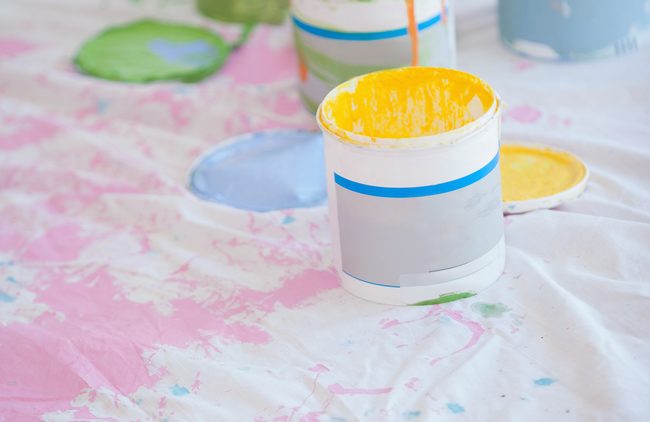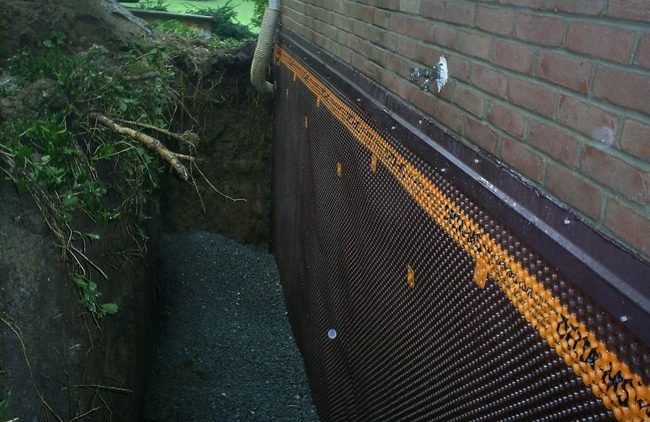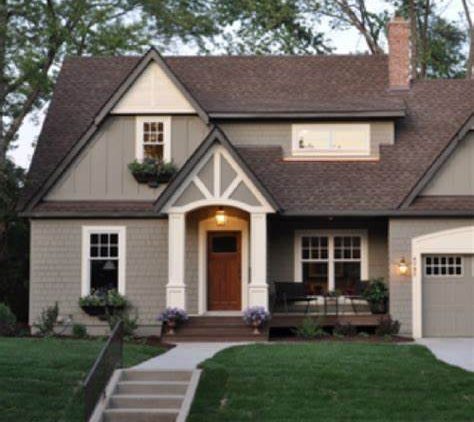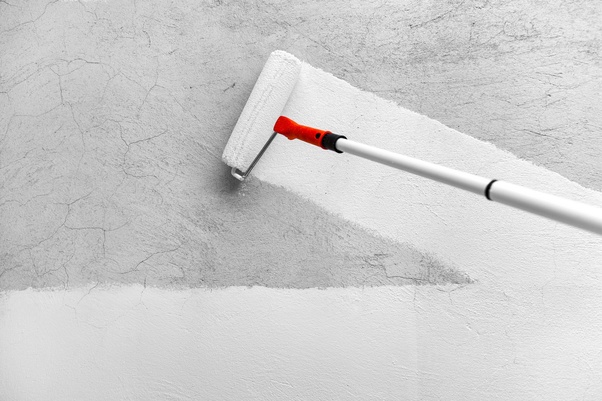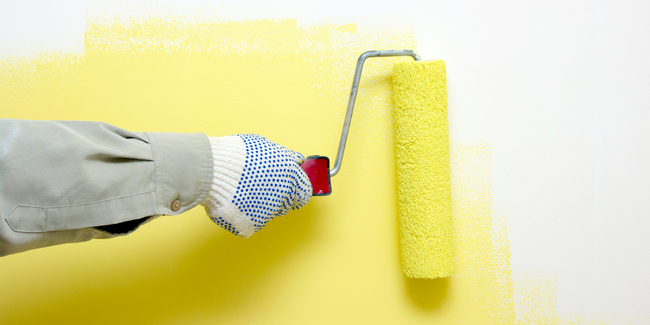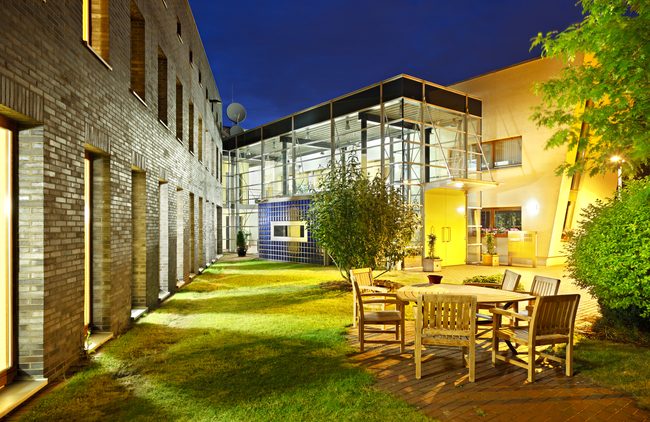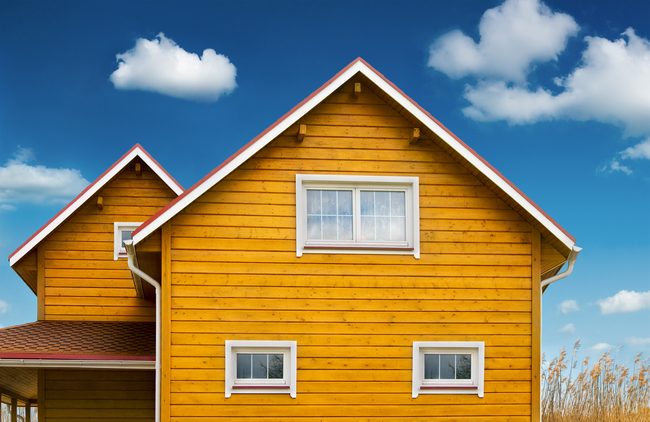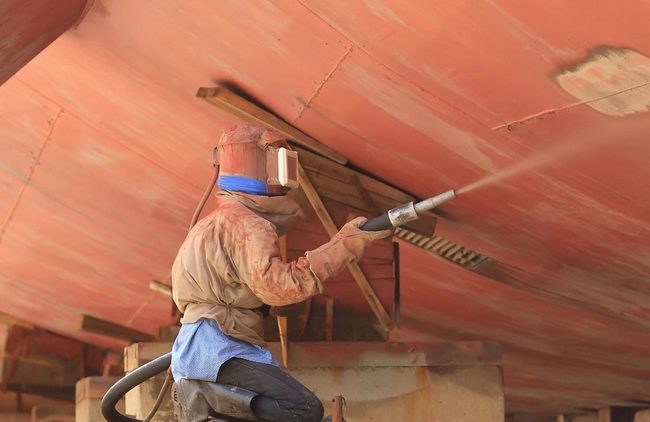DIY vs. Professional Painting: Which One is Right for You?
If you’re looking to personalize your home, give it an updated look, or just brighten things up a bit, a fresh paint color is the best place to start. When it comes to deciding whether to do the job yourself or hire professionals, how do you make the choice that is right for you and your home? Here are some important things to consider.
Let’s face it – painting your home requires a lot of time, effort, and equipment. With our busy schedules and day-to-day lives, any way to make things easier is a huge benefit. Perhaps one of the greatest benefits in hiring a professional to do the painting is that you don’t have to do any of the hard work. Just leave it to the professionals!
A major downside of DIY painting is the hassle of handling the materials involved, as well as uncertainty about the finished product. When you trust professional painters with your home’s transformation, you can rest assured that the job is going to be done correctly and efficiently, with an end result that will leave your home looking polished and beautiful.
Of course, the most important part of the process is that it meets your individual needs and preferences. You will still be making the important decisions to suit your personal taste and overall goals for your home, such as the color and finish of your paint, only without the added stress of doing the physical work yourself.
Thankfully, if you are looking for experienced painters who you can trust, you have come to the right place. University Painters, Inc. offers services to fill all of your painting needs, including both interior and exterior painting, wallpaper removal, drywall repair, and so much more. With skilled painters and quality products, you can count on an end result that you will be delighted with. Visit us at www.universitypainters.com.


